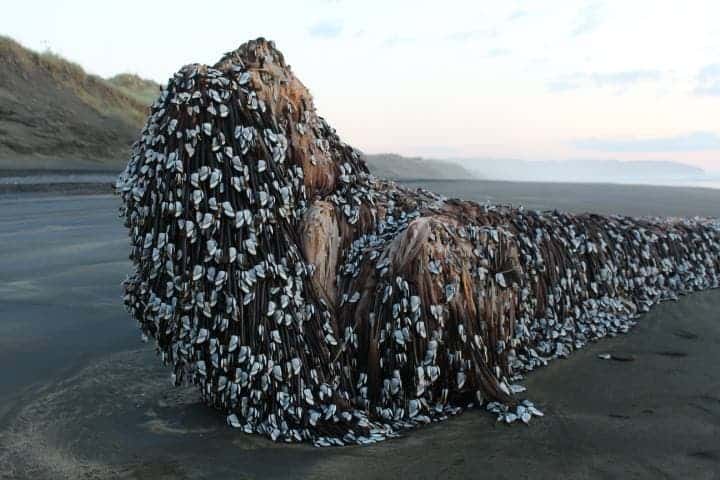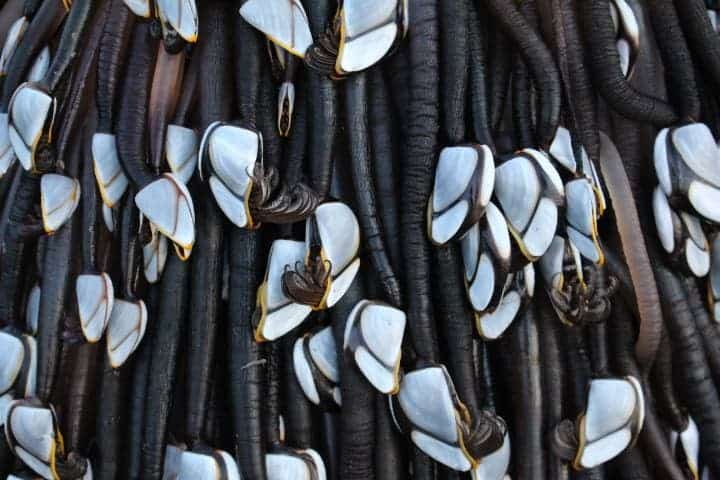Muriway Beach, New Zealand locals have reported the strange sighting of a twitching, living mass that reminds me of Cthulhu’s beard. The so-called Muriwai Monster has people flocking to see how nature can still surprise us on a planet we like to think of as ours.

Image credits Melissa Doubleday / Facebook.
The oceans around New Zealand are full of surprises lately, with blocks of seabed being pushed up by an earthquake last month on Kaikura beach and a strange sighting yesterday on Muriwai Beach — but this time, the story behind it is way less violent. On first sight, you could mistake it for a whale carcass. That’s actually what Melissa Doubleday thought when she first discovered the mass while driving by the beach.

The whole object, however, is covered in black tendrils which move and twitch in the Sun. Curious about what she found, Melissa snapped a few pictures and posted them to Facebook.
“[I] drove past and [was] like what the?” she said in the original post.
“I actually thought it was a washed up whale as I approached it, so weird,” she later told Stuff. “It looks like worms with shells I’ve never seen before with these funny creatures that just [come] out.”
Local Rani Timoti, who also visited the beach, told Stuff that the object definitely looked “alive”, like wiggling worms, and has a strong putrid smell when you’re downwind. Which, according to the New Zealand Marine Sciences Society, isn’t very surprising: the whole thing is basically one huge pile of seafood left out under the sun.
The object is likely a massive piece of driftwood colonized by Lepas anatifera, a species of gooseneck barnacles. These crustaceans live their whole life attached to submerged objects in huge numbers and feed by filtering the water around them through a series of feeding tentacles.
Who are these aliens invading #achill sands today? Watch them wriggle pic.twitter.com/J51mntZa6d
— Achill Heinrich Böll (@BollAchill) November 14, 2016
Anatifera‘s pedunculus (the muscular black tendrils) can grow up to 80 cm (31 inches) long. It’s the only sessile crustacean on Earth, meaning they’re related to shellfish but they live like an oyster — they produce a type of cement that binds them in place to a surface. If that surface ups and plants them on a beach in New Zealand where residents can pick and poke at them, they can’t do much about the situation.
Which just goes to show how dangerous a sedentary lifestyle can be.






